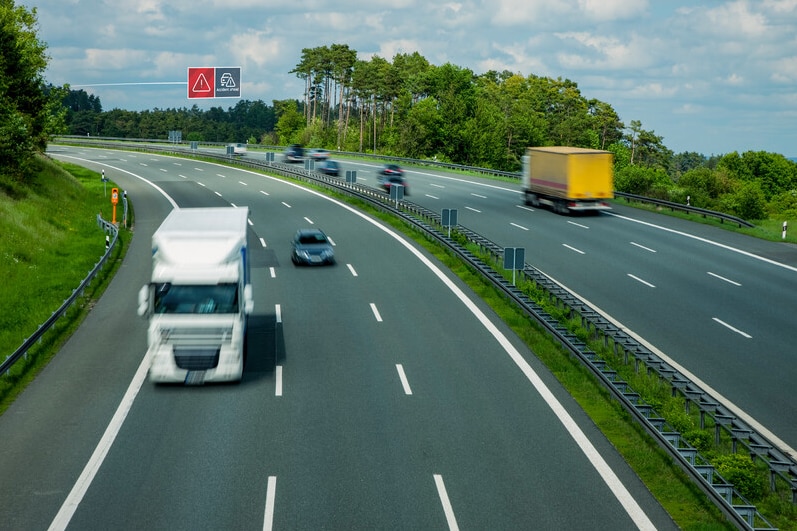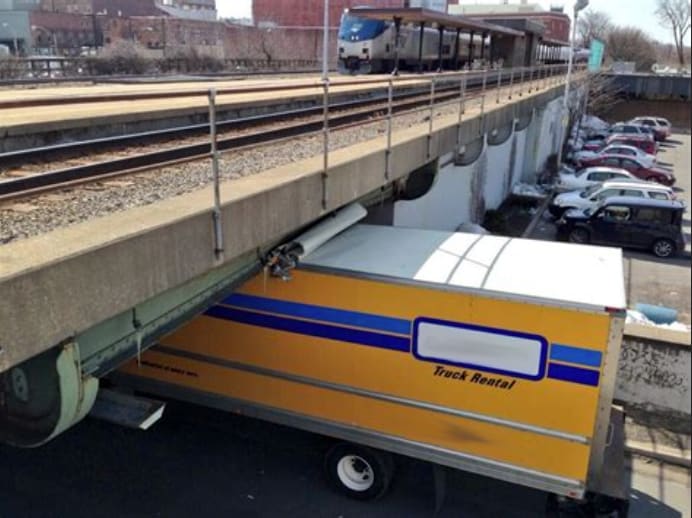How TomTom's Routing API Makes Driving Safer and More Efficient

What are Vehicle Restrictions?
Vehicle restrictions are limitations placed on certain roads or zones that restrict access to specific types of vehicles. For example, some roads may be too narrow for large trucks, while others may have low bridges that only allow vehicles under a certain height to pass through. Displaying these restrictions on a map helps drivers understand which roads or zones are restricted to their specific vehicle type.Key parameters
TomTom's Routing API offers a range of vehicle restrictions that help drivers avoid restricted and potentially dangerous roads: Classic avoidance types ( the name is the value we have to place to the query parameter : "avoid"tollRoads: Avoids toll roads.
motorways: Avoids motorways.
ferries: Avoids ferries.
unpavedRoads: Avoids unpaved roads.
In the case that the route happens at rush hours:
carpools: Avoids routes that require use of carpool (HOV/High Occupancy Vehicle) lanes.
Sometimes we need variety when creating multiple routes:
alreadyUsedRoads: Avoids using the same road multiple times. this is most useful in conjunction with routeType=thrilling.
 Thilling!
Thilling!
And finally in case that we have to adhere to specific areas for administrative restrictions:
borderCrossings: Avoids crossing country borders.
tunnels: Avoids tunnels.
carTrains: Avoids car trains.
lowEmissionZones: Avoids low-emission zones.
Physical Restrictions
Physical restrictions include limitations placed on the characteristic of the vehicles. For example, some roads may be too narrow for large trucks, while others may have low bridges that only allow vehicles under a certain height to pass through. For example:vehicleWeight: Weight of the vehicle in kilograms.
vehicleAxleWeight : Weight per axle of the vehicle in kilograms.
vehicleNumberOfAxles: Number of axles of the vehicle.
vehicleLength: Length of the vehicle in meters, including the length of any additional equipment, e.g., trailers, bike racks, etc.
vehicleWidth: Width of the vehicle in meters.
vehicleHeight : Height of the vehicle in meters.
 Let's avoid this ok?
Let's avoid this ok?
Hazardous Materials
TomTom's Routing API also takes into account hazardous materials and Tunnel ADR codes to help drivers avoid roads that are not suitable for their cargo.
Some possible parameters for US vehicles:VehicleLoadType:
USHazmatClass1: Explosives
USHazmatClass2: Compressed gas
USHazmatClass3: Flammable liquids
USHazmatClass4: Flammable solids
USHazmatClass5: Oxidizers
USHazmatClass6: Poisons
USHazmatClass7: Radioactive
USHazmatClass8: Corrosives
USHazmatClass9: Miscellaneous
Use these values for routing in all other countries:
otherHazmatExplosive: Explosives
otherHazmatGeneral: Miscellaneous
otherHazmatHarmfulToWater
Additionally for the EU there is a classification based on http://www.unece.org/trans/danger/publi/adr/adr_e.html
Which regulates what kind of hazardous materials can go in a tunnel. In this case the VehicleAdrTunnelRestrictionCode parameter can have the value B,C,D and/or E
Key Benefits of Vehicle Restrictions
By integrating vehicle restrictions into its API and SDK, TomTom offers a range of benefits to drivers:Safer Driving
By avoiding restricted and potentially dangerous roads, drivers can reduce the risk of accidents and improve safety on the road.More Efficient Routing
By taking into account vehicle restrictions, drivers can avoid getting stuck in traffic or having to make time-consuming detours, which can save time and money.Easy Integration
TomTom's Routing API and SDK are easy to integrate into existing navigation and routing solutions, making it simple for developers to take advantage of this feature.Conclusion
Vehicle restrictions are a key feature of TomTom's Routing API, and they offer a range of benefits to drivers, including safer driving and more efficient routing. See it in action hereBy taking into account flow restrictions, physical restrictions, hazardous materials, and low emission zones, TomTom's Routing API provides a richer map for truckers, both online and offline. With easy integration and support for browsing, navigation, and free driving, TomTom's Routing SDKs are a valuable tool for fleet and logistics companies and anyone looking to improve their driving experience.